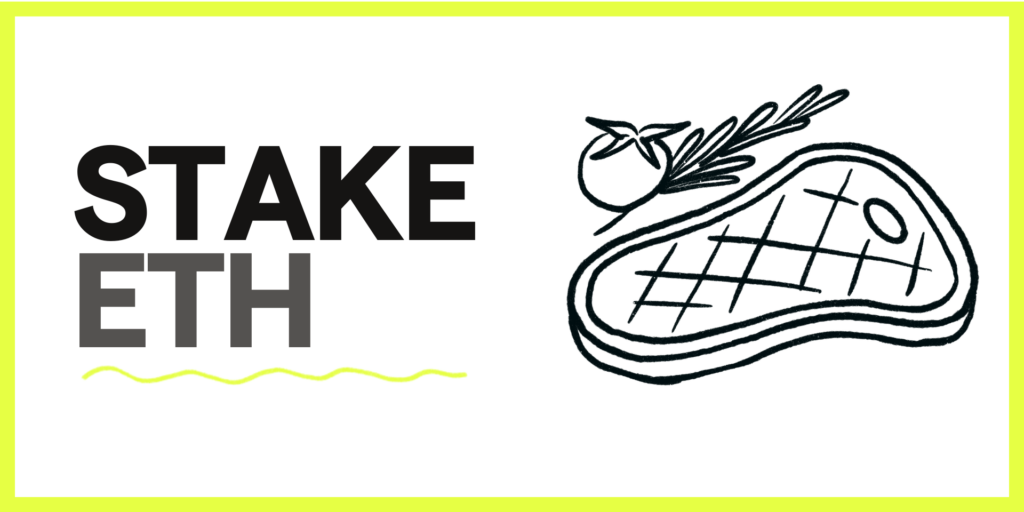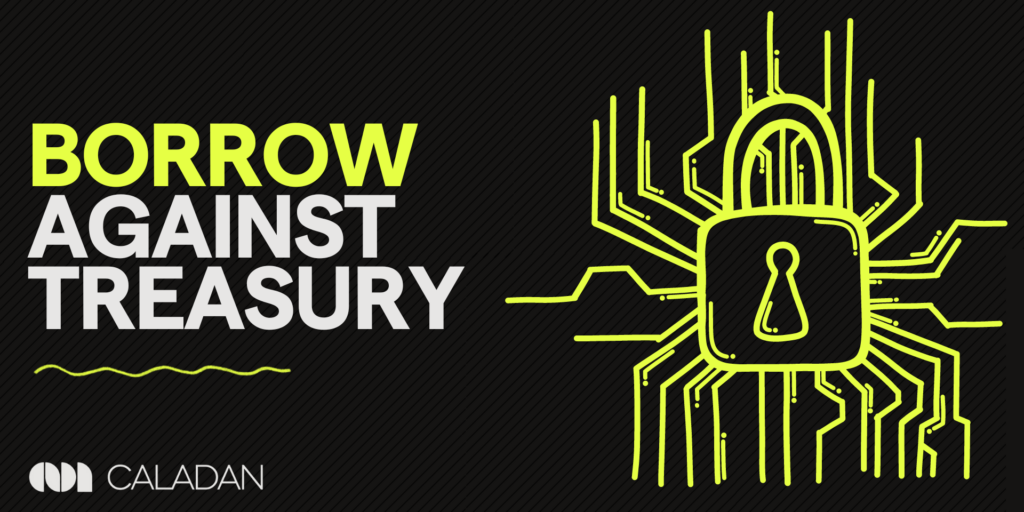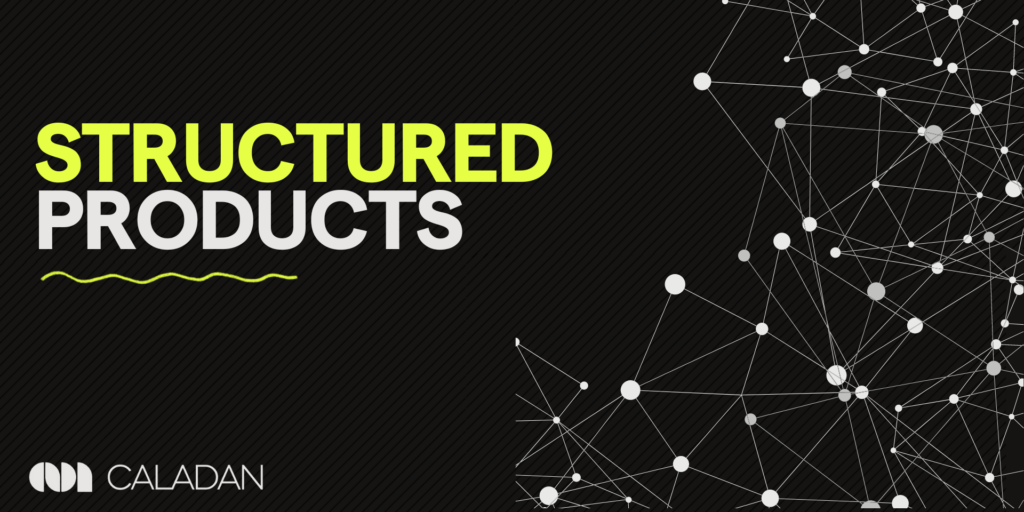Whether managing a treasury for a project, DAO, or Foundation, with the potential for significant returns also comes the need to carefully manage risk. Regardless, organizations should consider both short and long terms, as well as diversification when deciding how to manage various tokens as part of their treasury management strategies. Some of the strategies can be implemented internally, but many of them may require other counterparties such as crypto market-makers, staking platforms, and lending institutions.
Getting Liquidity on Tokens
Stake ETH
One of the most common approaches to managing a token treasury is to convert a portion of the holdings into Ethereum (ETH) and then staking the ETH. Ethereum's well-established ecosystem, active developer community, and widespread adoption make it an attractive option for treasury diversification.
Previously, you had to have 32 ETH in order to activate a validator, but...
Deeper Insights Ahead
Whether managing a treasury for a project, DAO, or Foundation, with the potential for significant returns also comes the need to carefully manage risk. Regardless, organizations should consider both short and long terms, as well as diversification when deciding how to manage various tokens as part of their treasury management strategies. Some of the strategies can be implemented internally, but many of them may require other counterparties such as crypto market-makers, staking platforms, and lending institutions.
Getting Liquidity on Tokens
Stake ETH
One of the most common approaches to managing a token treasury is to convert a portion of the holdings into Ethereum (ETH) and then staking the ETH. Ethereum’s well-established ecosystem, active developer community, and widespread adoption make it an attractive option for treasury diversification.
Previously, you had to have 32 ETH in order to activate a validator, but now there are many options for staking, including Staking-as-a Service, pooled staking, and even staking on centralized exchanges. The best options depend on the amount of ETH you have to stake, as well as the amount of control you want over the staked ETH. With significant treasuries, either solo staking or staking-as-service are the best two options.
Furthermore, in addition to staking ETH, several protocols now offer “liquid staking”, which enables the value locked in staked ETH. You can further leverage it through platforms like Curve Finance, to get returns as high as 8%.
Borrow against your Treasury
Depending on the amount, swapping ETH can create selling pressure on your token. Instead, you create a collateralized debt position (CDP) on your treasury. Currently, because the cost of borrowing is so high, there might be a negative funding rate, but at times when the cost of borrowing is lower, this might be a more balanced way to access the ETH to stake.
Like many other loans, there is underlying credit risk and underwriting practices are still being developed. Even larger lending protocols, such as Maple Finance, have unproven lending environments and face an adverse selection problem as quality debt deals may not necessarily come to crypto.
Sell your treasuries and buy uncorrelated assets
To diversify their treasury holdings further and reduce exposure to the volatility of the cryptocurrency market, organizations can consider investing in traditional assets such as US Treasuries. While US Treasuries are a low-risk investment option, they obviously offer lower returns than cryptocurrency investments.
By allocating a portion of their treasury to US Treasuries, organizations can achieve a more balanced risk profile, as these assets tend to have a stable value and offer regular interest payments. This approach can act as a hedge against the potential downturns in the cryptocurrency market and provide a source of liquidity in times of need.
If you don’t want to transact off-chain, you can use a service like Ondo Finance to access institutional-grade low-risk yield. But this will lead to the same selling pressure as ETH.
Create Structured Products with your Token
For organizations seeking tailored solutions to manage their token treasury, collaborating with a market-maker to create structured products can be a strategic move. The structured product is a financial instrument that combines various elements, such as derivatives, options, and underlying assets, to create a customized risk-reward profile.
Depending on the market and the token, oftentimes structured products can offer up to 12% yield on the loan. However, creating structured products requires a deep understanding of financial markets, derivatives, and risk management techniques. Organizations must carefully evaluate the terms and conditions of the structured products and the reputation of the token market-maker to ensure a transparent and trustworthy partnership.
Foundations can work closely with an OTC trading desk to formulate a treasury solution that works specifically for them, whether its diversifying digital assets or protecting against volatility.


